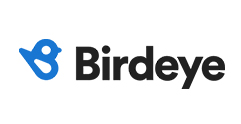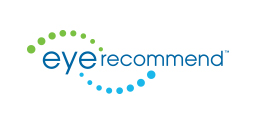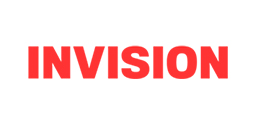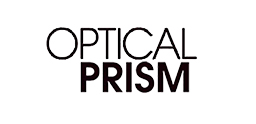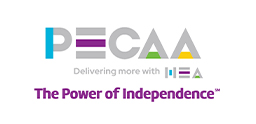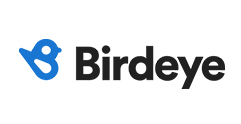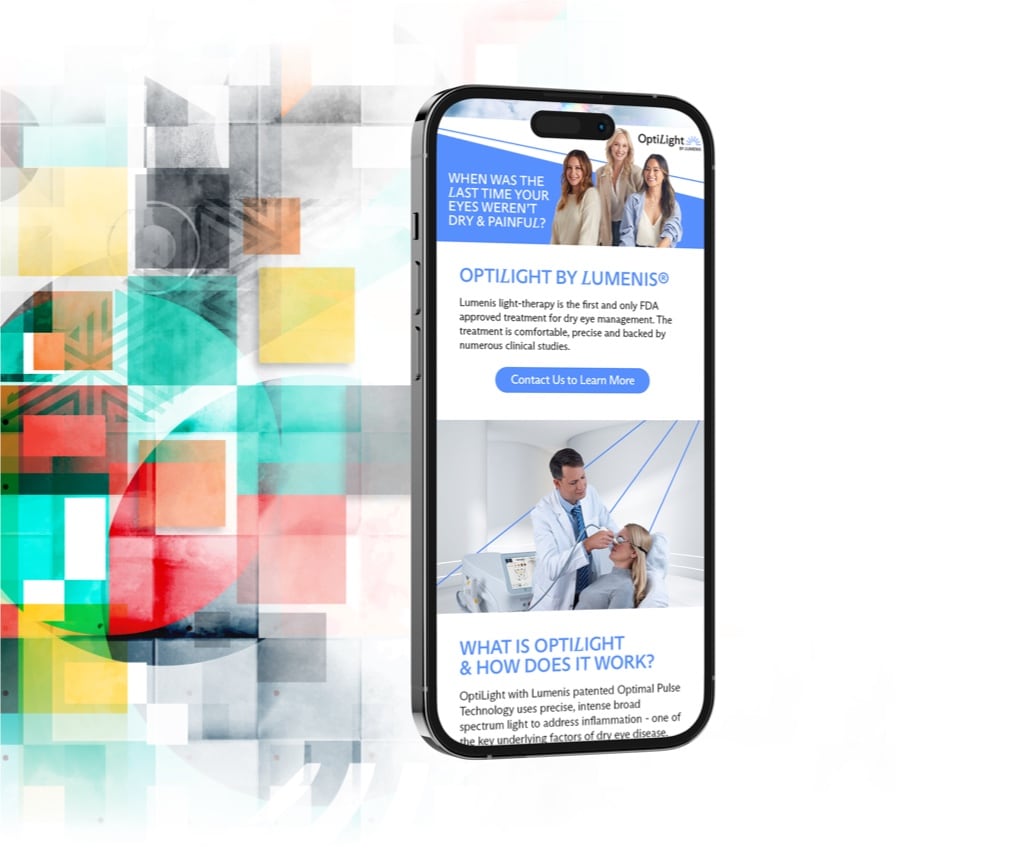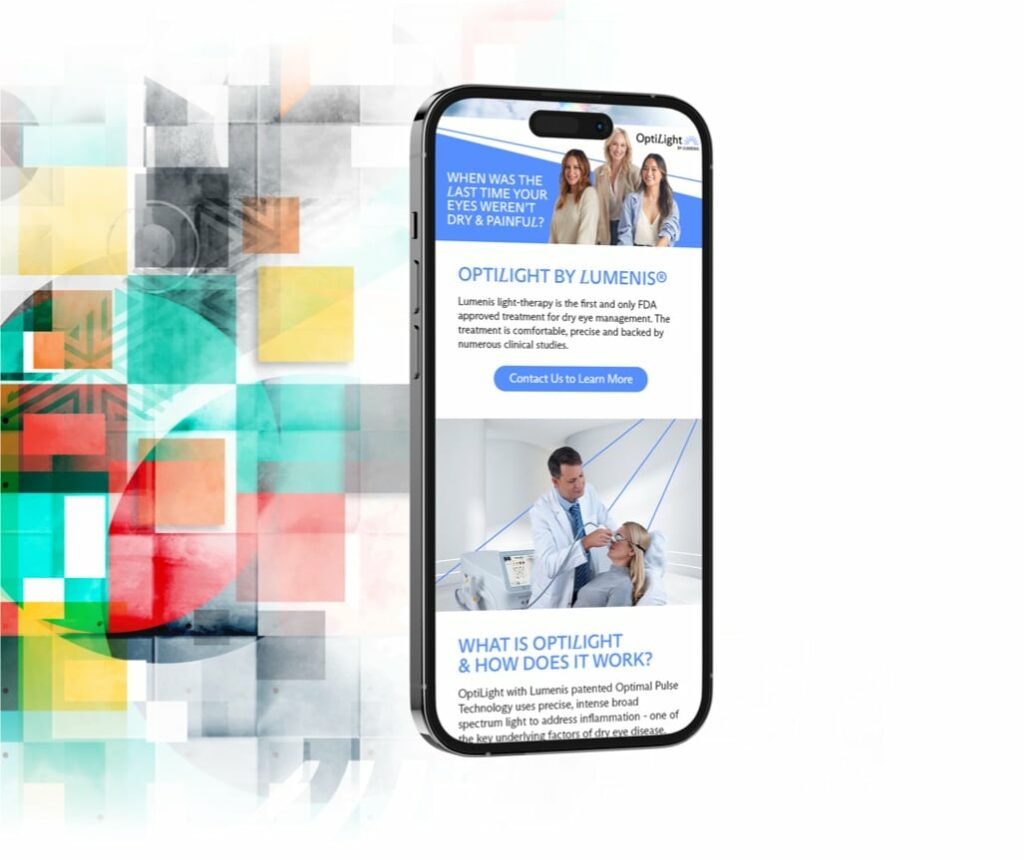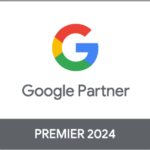Everyone with a basic understanding of the written word can write. Lots of people can write well. But not everyone can write effectively. Plenty of business owners choose to write their own content for their website, blogs, and maybe even marketing collateral like brochures. Writing your own content can be a great idea; after all, nobody knows your business like you do. But if you do go down that road, it’s important to make sure that you’re writing effectively enough to catch the reader’s attention and do your business justice.
Writing is, Unfortunately, Nothing Like Riding a Bike
Maybe you wrote for your high school newspaper. Or maybe you got 97% on an essay in college. Maybe you once wrote a poem that brought your loved one to tears. All of those things are awesome, but unfortunately, none of them are as relevant as you might think they would be to modern writing practices, particularly for digital media. Language literally never stops changing; it’s a living, breathing thing. A lot of the rules your teachers or professors etched into your head have since become obsolete.
It sounds like a bummer, but you don’t need to be discouraged. Consider me your copy godmother; I’m here to help you turn run-of-the-mill content into something shiny, new, and attention-grabbing.
Grammar
Nothing deflates your credibility like a grammatical error. (I dearly hope I’ve caught all the grammatical errors in this post.) While you may not have missed a period or forgotten to capitalise your business name, there are subtle grammatical missteps that could make the reader second guess your expertise, sometimes even subconsciously!
Grammatical Anachronisms
Like I said before, language changes. Like it or not, certain rules come in and out of vogue (this phenomenon is called lexical innovation if you want to get fancy about it.) It sounds impossible to stay on top of the ever-changing language trends, but it’s actually pretty simple. Read blogs. Check out online articles and listicles. Your brain will take note of what it sees and you’ll start to adhere to the latest English language fads. And no, I don’t mean words like “lit” or “werk”.
Here are a few obsolete grammar rules that you probably still use.
- Double spaces between sentences: This rule made a lot of sense for typewriters; the machine couldn’t tell the difference between a space in the middle of a sentence and at the beginning of the sentence. A computer is a lot smarter than the average typewriter, and spaces these things out accordingly. The single-space rule isn’t just about taste, either. Putting multiple spaces between sentences can actually throw off the alignment of your copy and wreak havoc with your design.
- Don’t start a sentence with a conjunction: But you should. And your can. First of all, we regularly start sentences with conjunctions when we speak. One of the rules (my rules, anyway) of writing digital copy is write as you speak; it makes your content more accessible. Secondly, the use of conjunctions at the beginning of a sentence allows you to change up your sentence length and augment the rhythm of the text.
- Don’t end a sentence with a preposition: CORRECT english dictates you shouldn’t end a sentence with a preposition, and that rule still stands. But there’s one rule that supersedes this one: write conversationally. Which sentence sounds more conversational to you: “What should I spend my marketing dollars on?” or “On what should I spend my marketing dollars?” Most of us are more likely to say the first one over the second. Is it correct? Not technically. Is it more accessible to the average reader? Yes it is.
- Periods in acronyms: When it comes to digital media, spacing is everything. Putting periods between each letter of an acronym (ex C.N.I.B.) adds unnecessary clutter to your copy. By removing the periods and just capitalising each letter (ex C.N.I.B.) you can tidy the acronym up a little bit without making your reader think you’ve missed a typo. KEEP IN MIND: If you’re pluralising an acronym, just add an s to the end. Do not add an apostrophe. Do not capitalise the s. Do not pass go. Just add an s. (ex CNIBs)
- Use “He” as gender-neutral pronoun: I don’t want to be glib here, but it’s 2018. No matter what situation you’re referring to, chances are pretty good that it applies to more than one gender. So for instance: “Once your doctor has checked your vital signs, he will ask you some questions about your exercise habits.” Now, if you know for a
fact that the doctor in question will be a man, by all means, use he. But if there’s even a 2% chance it may not be a man, it’s best to use something gender neutral. Obviously the term he/she is clunky, so just use the word “they”. You may be thinking “Hold the phone, they is plural”. You’re not wrong, but plural and singular don’t have to be mutually exclusive. If we refer back to our sample sentence, this time using our gender-neutral pronoun: “Once your doctor has checked your vital signs, they will ask you some questions about your exercise habits” you’ll see it actually makes perfect sense.
The Oxford Comma
The Oxford comma is a hot topic in the literary community (we lead an exciting life, I know.) I’m sure you were told by teachers and professors to never use a comma with the words “or” and “and”. And for the most part, that’s true. But there is n exception where you can (and should) use this comma; we call it the oxford comma.
The Oxford comma goes before the words and/or in a list of things. For instance “I’m a nerd for Tolkien, Martin, Rowling, King, and the English language in general.”
I know it seems arbitrary, but it actually helps chisel some clarity into your copy. Eric Edelman created this handy little graphic to illustrate the point better.
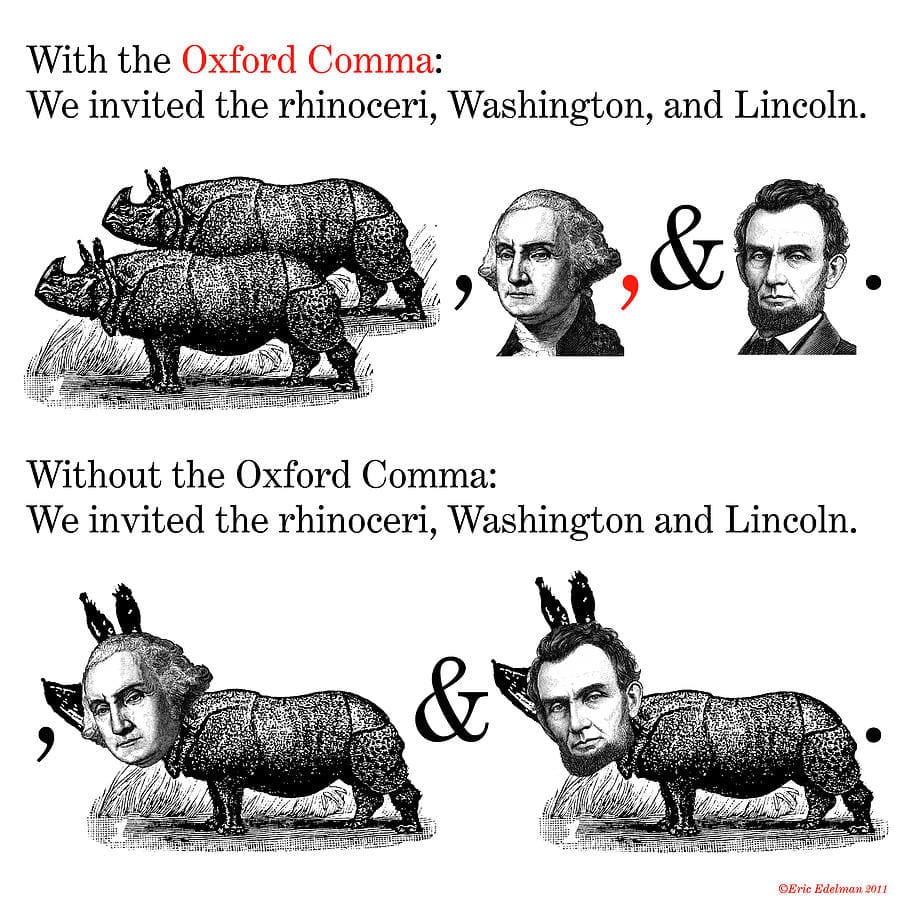
Active Voice
Active voice is a bit of a tricky one to get the hang of, but it really can take your copy from okay to engaging.
A lot of us struggle with the tendency to write in passive voice, which means we use a passive form of a verb rather than the active form. The simpler way to describe it is we add extra verbs, or action words, that don’t need to be in there. By rearranging the sentence, you can slip the verb into an active form, and therefore switch to active voice.
Here are a few examples. Notice how passive voice uses two verbs (sometimes, one takes the form of an adjective), while passive voice only uses one:
Passive voice: “Joe was arrested and questioned by the police.”
Active voice: “The police arrested and questioned Joe.”
Passive voice: “Students are asked not to chew gum in class.”
Active voice: “The administration asks students not to chew gum in class.”
Passive voice: “The situation was aggravated by Spencer’s cheese allergy.”
Active voice: “Spencer’s cheese allergy aggravated the situation.”
Now, it’s worth mentioning that sometimes passive voice is the right choice for the situation. For example, in some cases passive voice can sound more formal and official. Other times, the only way to avoid starting two sentences the same way in a row is through the use of passive voice. So you don’t necessarily have to do away with passive voice altogether; just use it very sparingly, and really think about whether is really is the best way to communicate your point.
If you need help recognising passive voice, Grammarly is a free resource that can point it out and suggest solutions. Even if you don’t struggle with passive voice, you should install Grammarly anyway. Every kind of writer at every level can benefit from proofreading software, in fact; I run all of my copy through Grammarly before submitting it and writing is quite literally my entire job. Editing and proofreading are an important step towards professional-sounding content.
Readability
The most poetic or informative copy in the world won’t make an impact on your audience if they can’t sort through it all. When was the last time you read an entire web page, let alone a whole site? Web users tend to skim. It’s a blow to a writer’s ego, but it’s true. If you want your website or blog to attract and keep users, you need to make your copy skim-friendly.
Bite-Sized Sections
If you’re learning about the whaling industry in the 19th century, are you going to read Moby Dick from cover to cover, or find a few paragraphs online dedicated to the topic? Web users get overwhelmed when they see a huge wall of text, so we need to break it down into more manageable pieces. If you have a huge block of text, you’ll want to separate it into smaller paragraphs.
Paragraphs for digital media don’t function the same way they do in traditional writing. Rather than giving each idea its own paragraph, you can unpack a single idea over several paragraphs. Once you’ve hit 3-5 sentences, it’s time for a paragraph break. All you’re really doing is giving the reader permission to take little bites of the copy, rather than trying to swallow it whole.
Relevant Headlines
As you scroll through this article (or any decent article for that matter), you’ll notice that every new topic is announced clearly with a headline. Thanks to those headlines and subheadlines, you can cruise through all this content and find exactly what you’re looking for without reading the whole thing. This is pretty much what all web users do, and if we don’t make it easy for them, they’ll give up and go find the answers they’re looking for somewhere else.
You should, at the very least, have your content divided into sections. From there, you can divide it into subsections. Every section or subsection (not to be confused with paragraphs) needs its own headline. Not only does this keep your content in an established order, it tells your readers what they’re about to read.
Chances are your user will never read your entire site, but, if you tell them where to find the sections they’re interested in, they’ll probably read enough to become interested in your business. That, my friend, is what we call a win.
Words for the Sake of Words
This rule is important, but it still breaks my heart to write. Writing is a beautiful and expressive art form. But your audience isn’t here to experience the majesty of the written word; they’re here for answers. A web user will not stick around your page if they have to wade through verbal potpourri to get what they want.
When writing digital content, keep it factual and straight forward. You can absolutely inject personality, wit, and humour as long as those things are helping the facts stand out rather than obscuring them. Stick to language that’s easy to understand. Words like “frivolous” or “lackadaisical” or “effervescent” are beautiful and ornate adjectives, but they don’t really help your customer understand your business, particularly if they aren’t a word nerd like you or me.
Mapping Matters
I write web pages and blogs everyday, but I never just sit down and start writing them. I start by listing the things I want to cover. Then I write out my headlines for each section and a note or two about what I’d like to cover in those sections. I call this a content outline, and it helps me map out where I’m starting, where I’m going, and how I get there. I quite literally do an outline for every single long-form document I put together. Here’s a screenshot of the initial outline I did for this article as proof:
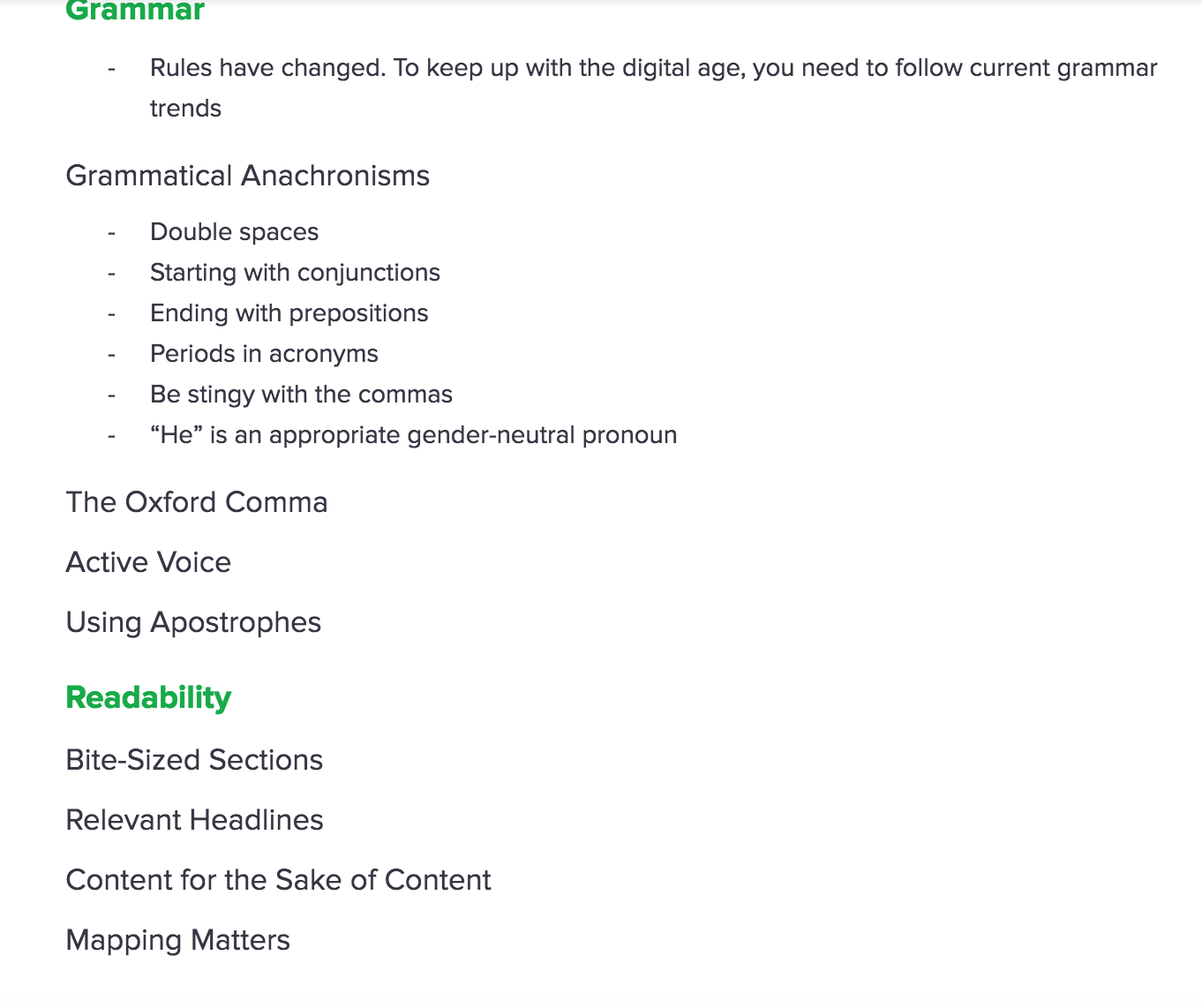
You don’t necessarily have to build your outline the same way. You can mind map or draw a web; whatever you need to do to develop a clear idea of what you’re going to cover, and when you’re going to cover it.
Personality
In his TedTalk, The Golden Circle, Simon Sinek says customers aren’t buying what you do; they’re buying why you do it. To really market your business successfully, you need to show potential clients who you are and what’s important to you. Effective copy introduces you to the client and clues them into to why you do what you do.
Who is your clientbase? More importantly, who do you want your clientbase to be? Are they teens? Are they elderly ladies? Are they adrenaline junkies? Are they introverts? Your writing should be directed to one hypothetical person and it needs to be written in their language. Which leads us to tone and voice.
Tone Vs. Voice
Believe it or not, tone and voice are two different things. If you think of it literally, it makes sense. Your Mother has a specific voice; she uses specific words, phrases, and cadences. But she can speak to you in a variety of tones: affectionate, stern, concerned, excited, and so on.
Tone and voice can work the same way in writing.
Here’s an example of a professional, no-nonsense voice with a warm and nurturing tone:
“Kaia’s Eye Clinic puts your family’s needs first. Our compassionate, caring staff are here to ensure you feel comfortable and relaxed for your appointment.”
Now here’s that same message in the same tone coming from a more casual, laid back voice.
“Your family comes first at Kaia’s Eye Clinic. Whether it’s a cup of tea, or just a friendly smile, our amazing team will do whatever it takes to make you feel at home.”
These messages say the same thing and they convey the same emotions, but they portray a different personality. Consider what kind of voice your business should have, and what kind of tone you should use.














